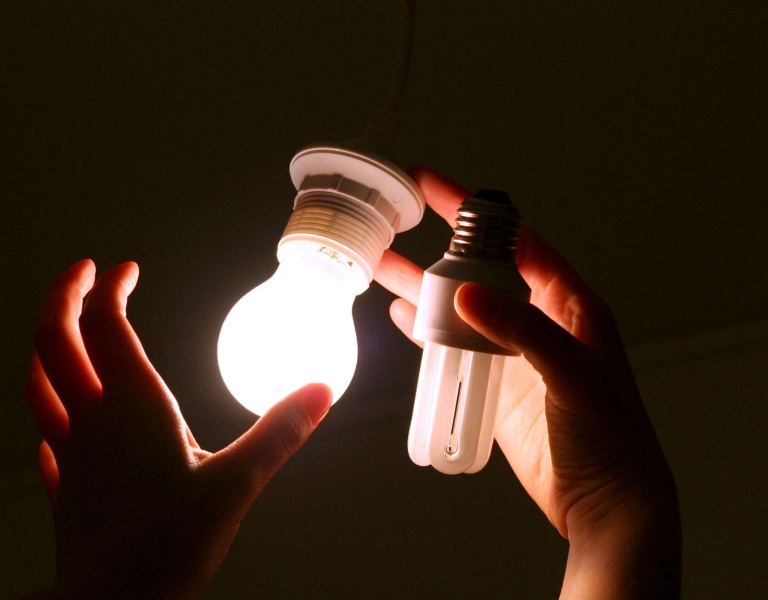A Guide to BER. How Energy Efficient is Your Home?
Home improvement shows are more popular than ever before and there's no shortage of choice. Watching ordinary people like ourselves renovate their home on television can be both inspiring and entertaining. But, before you decide on colours and fabrics, have you thought about the energy efficiency of your property?
An energy efficient home can enhance your day-to-day life by making your house warmer, cheaper to run and easier to sell or rent if this is on the cards. Getting your home assessed will indicate your home's energy performance and help you choose the best energy efficiency improvements.
A Building Energy Rating (BER) is calculated through energy use for space and hot water heating, ventilation and lighting. Your BER cert now comes with an advisory report that suggests works that you can carry out to improve your home's energy rating. A home with a high BER rating will have significantly lower energy bills than one with a low BER.
By law, all new houses and all houses for sale or rent must have a BER and the onus is on the homeowner to get this carried out. The more energy efficient your home is, the easier it is to sell or rent so you can expect a BER cert to positively impact the value of your property.
Buildings are rated from A-G, with A being the most energy efficient rating that will generate the lowest monthly energy bills for you. A BER cert is valid for a maximum of 10 years, as long as no physical changes to the building have been carried out which could affect the energy performance.
How can we get from a G to an A?
With most houses in Ireland currently at aC2 rating or lower, how can we get from a G to an A? An A-rated house requires advanced levels of airtightness, insulation and smart heating systems, LED lighting and sources of renewable energy installed e.g heatpumps, solar panels. An SEAI Registered BER Assessor can advise on measures best suited to your home that can bring you to an A-rating. Steps to take may include but are not limited to:
1. Insulation
Insulation can greatly improve the BER of your home. Start with the attic, floor and walls. This is the first step to a more energy efficient home.
2. Low- Energy Light Bulbs
Replace inefficient light fittings with low-energy light bulbs for a noticeable improvement in electricity bills.
Our guide to BER - how energy efficient is your home? #BER
Click to tweet (opens in a new tab)3. Solar PV
By investing in solar PV, you will also be making an impact on the BER of your home. When it comes to selling your home, a higher BER will add value and can help you achieve a higher sale price.
5. Heat Pumps
Consider switching from oil or gas to a Heat Pump. A heat pump works by drawing energy from the air, ground or water and converting it to heat you can use to heat your home and hot water. SEAI recommend a fabric first approach to ensure your home is heat-pump ready before installing one.
(***Under new building regulation introduced on November 1st 2019, all new-builds will have to be 'near-zero energy buildings'. Existing homes undergoing major renovations must be brought up to BER rating of B2).
SEAI offers a once-off €50 grant for a BER assessment under the Better Energy Homes programme (BER must be carried out by an SEAI Register BER Assessor).

